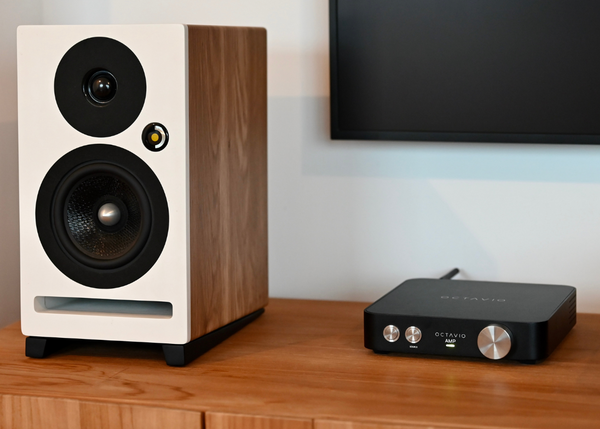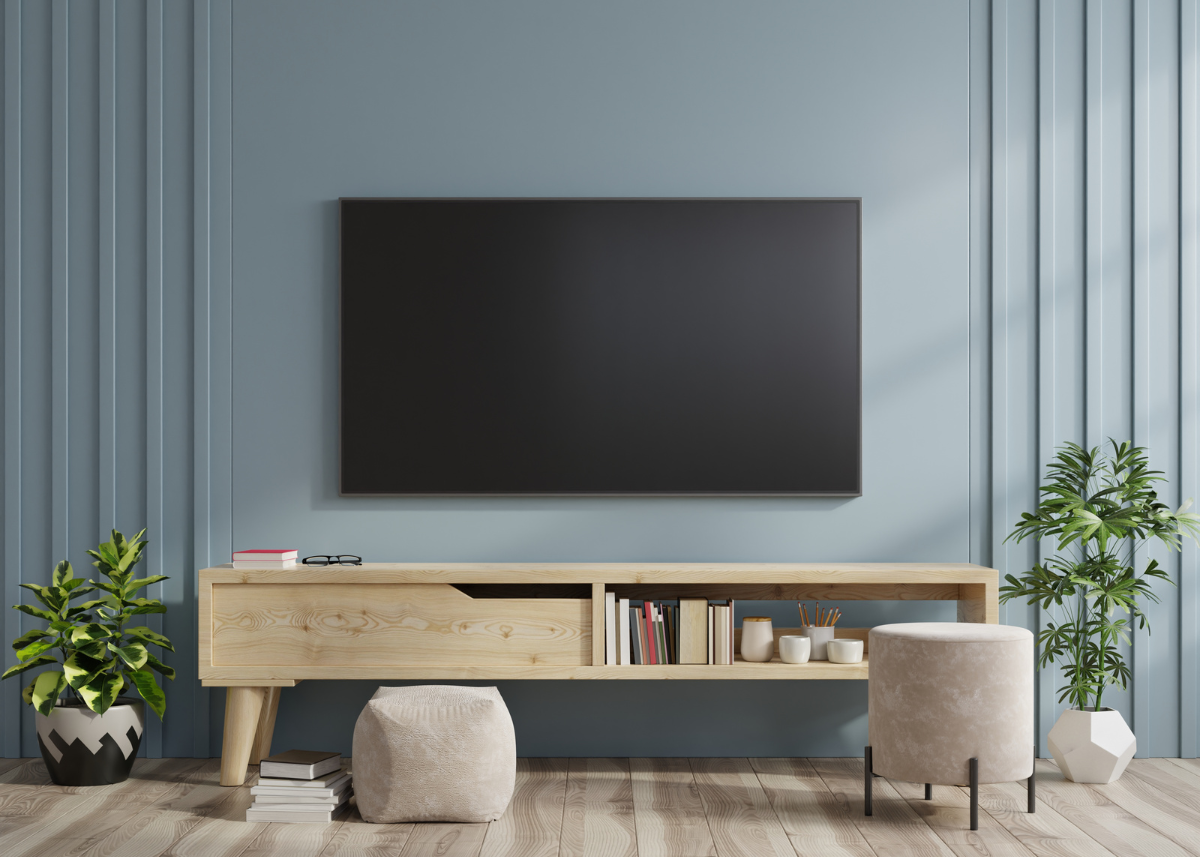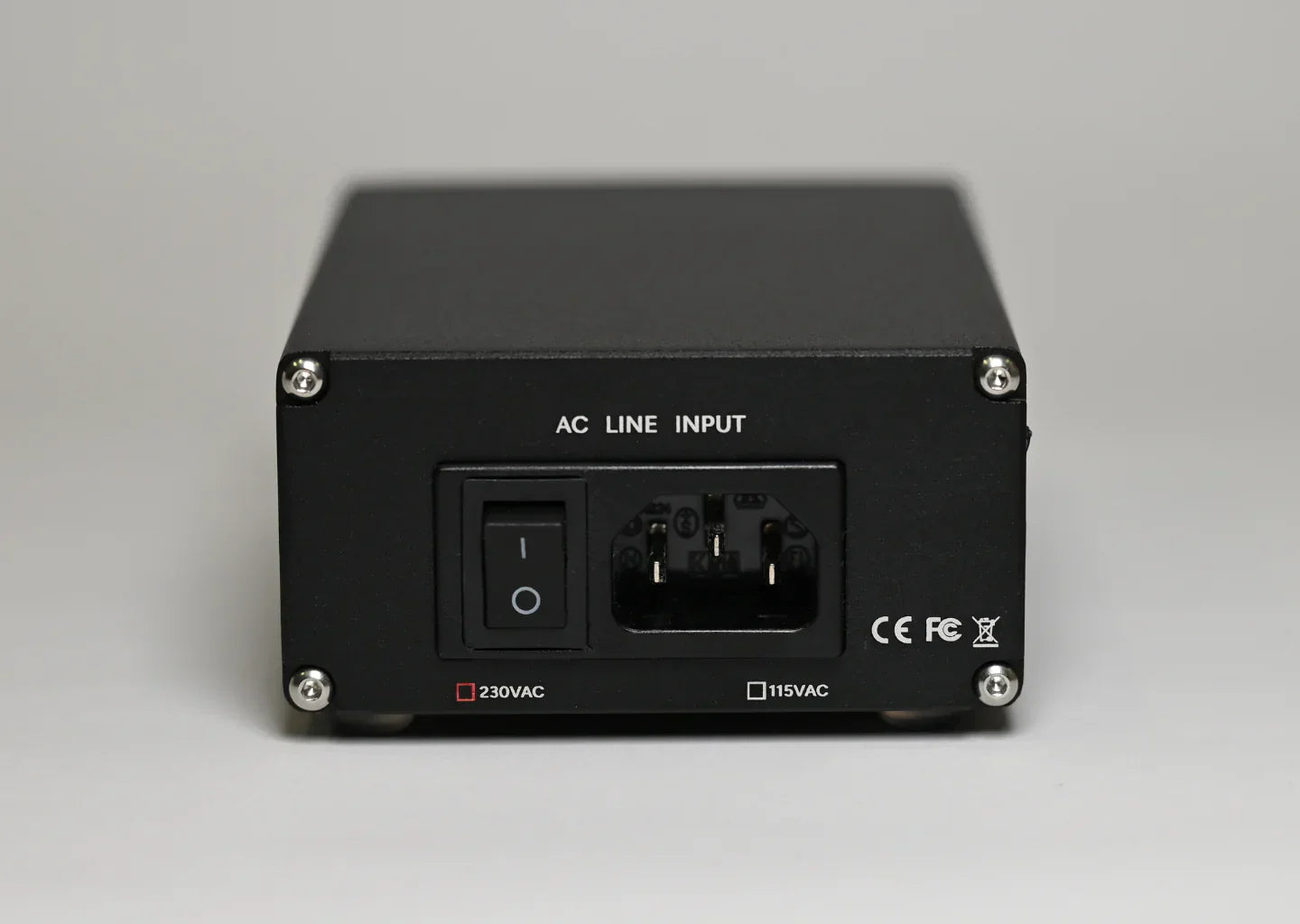Appearing on certain high-end models in the 70s, passive speakers (also called radiators) used a clever process of recovering the rear bass wave of the main speaker. This solution nevertheless had the disadvantage of being, at the time, more expensive to produce compared to the bass reflex principle. In recent years, audio brands have been using this technology again, which makes it possible to optimize bass, especially on small format speakers. But how exactly do they work? We explain everything to you in this article.
How does a passive radiator work?
Visually identical to an active speaker, passive radiators nevertheless have one essential difference. Unlike the latter, you will not find a ''motor'' because there is no coil or magnet. A passive radiator consists solely of a membrane formed by a cone associated with a suspension, all consolidated by a chassis. In other words, you will not find any electronic elements such as a filter or cables. It will therefore be impossible for it to interpret an audio signal coming directly from an amplifier. But in this case, how can it reproduce the sound?
The passive radiator is capable of reproducing sound by the simple movement of its membrane. Indeed, the bass driver naturally sends low frequencies from the front of the speaker but also from the rear. the idea here is to recover the waves of the rear sound and transcribe it using the passive radiator. The movement of the main speaker causes a movement of air by negative pressure which causes the passive radiator to react concomitantly with a phase shift.
Passive radiators can have different shapes. They can be conical like traditional speakers, but generally to save space, a membrane with a flat surface of round, oval or rectangular shape is preferred depending on the manufacturing constraints of the speaker. It is generally recommended to have a surface area that is twice that of the main bass driver. For this, it is not uncommon to have several small passive radiators rather than just one large one.
Example: If your speaker has a main speaker of 13 cm, it will be recommended to have a passive radiator of approximately 18 cm (or two of 13 cm).
Passive radiator or Bass Reflex?
Unlike passive radiators, Bass Reflex systems use a port to improve the reproduction of low frequencies. The vent resonates based on the tuning of the specific frequency determined by its length and diameter. The vent can have a round mouth, but it is not uncommon to see it in its laminar shape (rectangular and thin) which is easier to accommodate on the facade.

By adjusting the dimensions and shape of the port, audio manufacturers can control the resonant frequency and thus optimize bass reproduction. Please note that a vent placed at the rear of the speaker will prevent it from being placed against a wall.
Passive radiators, on the other hand, have many more advantages.
The advantages of passive speakers:
- Removed wind noise caused by bass reflex.
- Reduction in the distortion of the main speaker, left to its own devices when associated with a bass reflex
- Improved performance compared to an “open” enclosure.
- Reduction of physical positioning constraints when designing the enclosure.
In conclusion
At Octavio , we have opted for a lateral arrangement of the passive radiators to maintain a compact format on our speakers. They allow a global and harmonious diffusion of bass throughout your room, whatever their placement.







